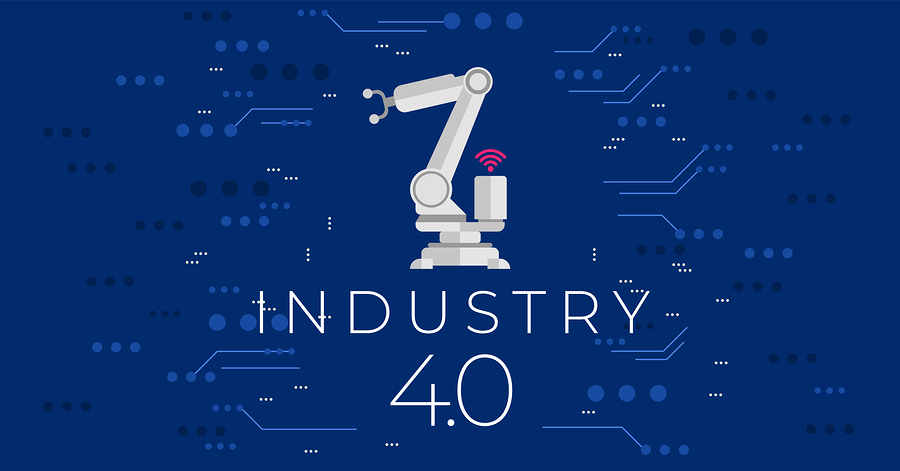There’s no end to the headlines about Industry 4.0 and the industrial internet of things (IIoT). But not every headline paints an accurate picture, and many trend toward hyperbole. Industry 4.0 is certainly a new-age revolution, but having realistic expectations about the changes it’s bringing will help you better understand how the IIoT will benefit your operations. It’s time to get the facts.
Separating machine from myth
The myths about new industrial technologies vary greatly. Some see these technologies as a panacea for every industrial problem; others see them as an eventual end to a human manufacturing workforce. The truth lies somewhere in between. Here are a few examples:
- Automation will replace human workers. Yes, we’ll lose some factory jobs to automation. However, although traditional operator jobs may start to disappear, this is a far cry from the extinction of the human worker. Industry 4.0 is phasing out back-breaking jobs in favor of better jobs and new opportunities.
- Industry 4.0 will prevent manufacturing defects. There’s no denying that artificial intelligence (AI) and automation are great at improving precision and detecting and correcting errors. But nothing is without fault. Manufacturing defects will still be of concern, kept in check by robust maintenance and repair programs.
- Without the IIoT, manufacturers will become antiquated. The timeline for Industry 4.0 is uncertain. What is certain is that manufacturers have plenty of time to get familiar with the IIoT before they scale into it. Think about how long it took for the traditional assembly line to evolve into the automated plants of today.
Headlines like to paint Industry 4.0 as the biggest thing happening right now. This new phase of industry is still in its infancy. And while the innovations driving it are groundbreaking and exciting, they’re still very much a work in progress.

The innovations of Industry 4.0
Manufacturers considering early adoption of the IIoT and other new-age technologies should set realistic expectations. Understanding the available cornerstone products and technologies will benefit your business.
- Manufacturing execution systems (MESs) are the cloud computing interface of the future. For manufacturers with many plants, off-site consultants, or a global presence, an MES is the future of operations management.
- Human-machine interfaces (HMIs) help operators perform precision tasks better and in a more repeatable way. It won’t be long until all modern factory equipment includes an HMI to facilitate better operability.
- IIoT sensors and beacons gather and provide aggregated data about operations, quantifying every aspect — from monitoring machines for proactive maintenance to detecting defects at the end of production.
- Supervisory control and data acquisition (SCADA) systems are the foundation for machine control in the future of Industry 4.0, offering everything from precision control to programmable and executable tasks.
- AI and augmented reality (AR) are changing the way we interact with the factory environment. AI can solve problems more quickly and efficiently than the human brain, whereas AR allows us to work visually, without effecting real change.
Setting proper expectations allows you to use Industry 4.0 tech for what it is — not for what you might think it is. This sets a precedent for better familiarity with the IIoT and its capabilities.
Prepare for the future of tech
An estimated 57% of manufacturers are beginning to implement IIoT systems. But, according to the Business Performance Innovation (BPI) Network, just 1.5% of large companies have a clear vision of what their IIoT adoption actually looks like.
Preparing your factory for Industry 4.0 starts by setting realistic expectations. Knowing what’s possible and what’s not, which technologies may help you versus which ones might not, and how to implement and scale the IIoT are all questions to ask.
When you have the right expectations and a thorough understanding, Industry 4.0 won’t be far behind for your facilities.
